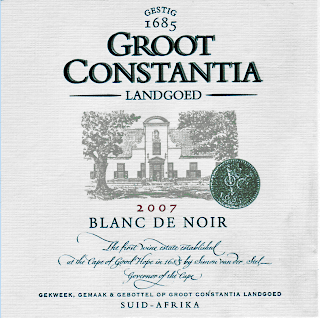I think I have mentioned this before, but I could live on ice cream alone. And ever since I was a little kid, I have wanted to make my own, so last summer I invested in an ice cream maker. Best. Decision. Ever.
There is a serious element of patience and forethought involved in making ice cream. I have to know that I will want it a day before I can eat it, which is both a good and bad thing. It is certainly an exercise in restraint – at lease until its time to reap the rewards. Then, it’s no holds barred.
I’ve enjoyed following many recipes that have led me to some amazing flavor combinations – from Greek frozen yogurt to salted caramel – but I am getting ever more confident in my ability to forge my own personal creations. Inspired by the same August 2009 Gourmet issue, I decided I wanted to try to make my own version of a chocolate hazelnut ice cream.
Ingredients:
- 2 cups hazelnuts (8 ounces), toasted, cooled, and skins rubbed off
- 1 cup sugar, divided
- 1/8 teaspoon salt
- 2 1/2 cups heavy cream, divided
- 2 cup skim milk
- 3 large eggs
- 1 bar 60%+ dark chocolate, such as Green & Black’s, finely chopped
equipment: ice cream maker!
Toast hazelnuts and let them cool. Once you can handle them without roasting your fingertips, rub off the skins as much as possible and place into a food processor. Pulse hazelnuts with 3/4 c sugar and salt until finely ground. Transfer to a heavy medium saucepan with 1 c skim milk and 1 1/2 c heavy cream and bring just to a boil, stirring occasionally. Remove from heat and let steep, covered, 20 minutes or more, depending on how deep you want the hazelnut flavor to be. Strain mixture through a fine-mesh sieve into a bowl, then return to cleaned saucepan.
Return to saucepan, then boil over medium heat 2 minutes, whisking often (mixture will be thick). Remove from heat and add chocolate, stirring until melted and incorporated.
Meanwhile, bring remaining milk, cream, and remaining 1/4 cup sugar just to a boil in a small heavy saucepan, stirring occasionally. Lightly whisk eggs in a medium bowl, then add half of hot milk mixture in a slow stream, whisking constantly. Pour back into saucepan and cook over medium heat, stirring constantly with a wooden spoon, until custard almost coats back of spoon. Do not let it boil, or your eggs will cook through.
Pour custard through a fine-mesh sieve into a large bowl, then stir in cooled chocolate-hazelnut mixture. Chill custard, stirring occasionally, until very cold, 3 to 6 hours. Freeze custard in ice cream maker for 20 minutes. Make sure to scrape any of the hardened chocolate into the machine, as it will form little chocolate chip nugglets as the cream is churned. Transfer to an airtight container and put in freezer to firm up.
Then, DIG IN!
Adapted from the August 2009 Gourmet recipes for Salted Caramel Ice Cream and Gianduia Gelato











